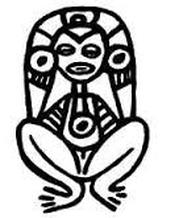 Last post I mentioned a little bit about Atabeira (or Atabey). Today I want to explain a little bit more about her significance and a little about what I've learned about Taino myth and culture. Atabeira has many names. this is significant because Taino Indigenous peoples are a group that were prevalent across several islands. Today it is agreed (for the most part) that the Taino's migrated from Venezuela (or in other opinions some part of the very northern border of Latin America). They moved to Puerto Rico, Hispaniola, Cuba, Jamaica and the surrounding islands that are now part of these countries. They are a subgroup of the Arawak Indigenous peoples and are sometimes referred to as the Indigenous inhabitants of the Greater Antilles just to cover all ground. The commonalities of these groups despite migration to a wide range of islands lies in their pottery, similar petroglyphs referencing gods and goddesses and documents written by early Spanish colonists. The problem with really identifying these people lies in the fact that in the early 16th century, colonialism began to unravel the Taino fabric fairly quickly leaving behind only traces of their culture often misconstrued by the Spanish settlers. Today, anthropologists, ethnographers, archaeologists and many others are taking these documents often fraught with mistakes to task. For a very long time the general consensus was that the Spanish killed off or "integrated" through forced marriage the indigenous people of Puerto Rico. There is proof, however, that some of the Taino may have lived far longer than previously assumed when they were simply forced to live in hiding. Many early documents regarding Taino myth were written from a perspective that belittle they're worship of Cemi's. Spanish colonists believed that the Taino were child-like and savage, completely dismissing the significance of they're practices. Today, however, we have the sophistication to this significance and understand that perhaps all along the Taino were much more aware of their surroundings than the Spanish.
0 Comments
|
aboutThis blog functions as a space for me to articulate what goes into making my artwork. Categories
All
Archives
December 2021
|
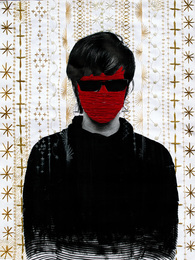
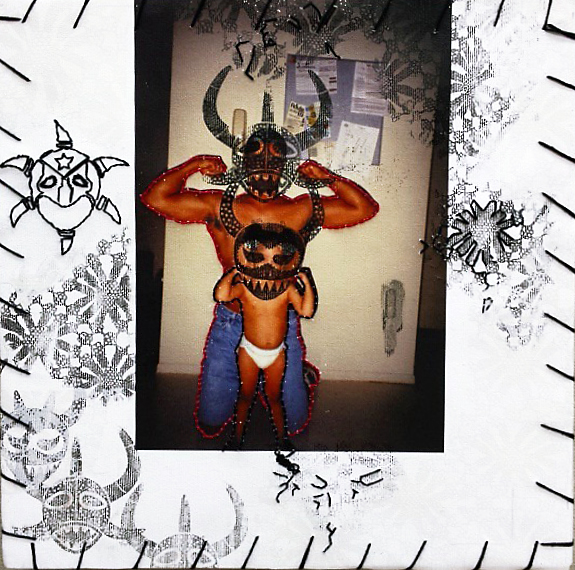
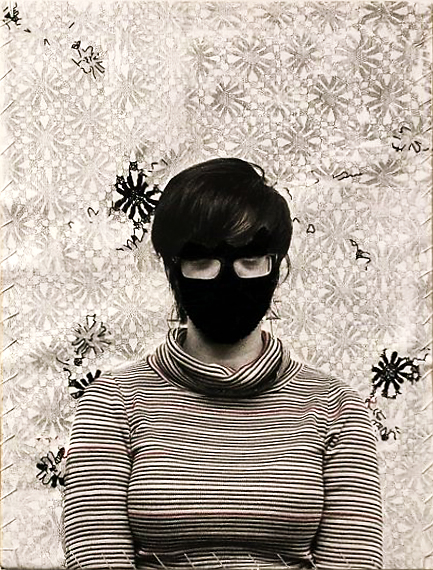
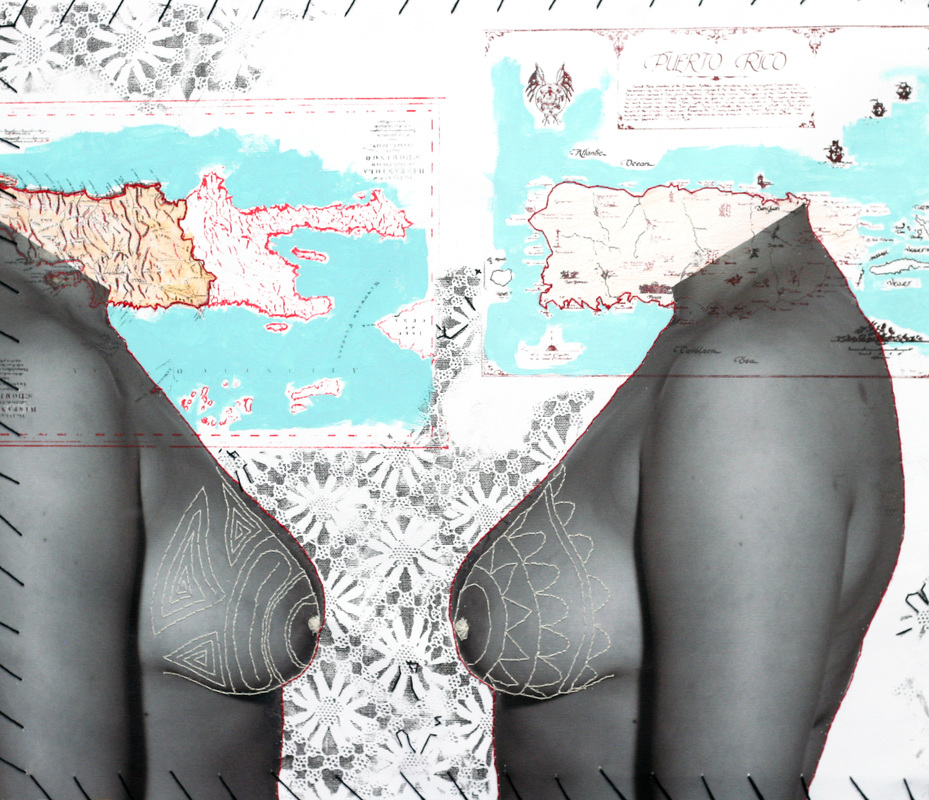
 RSS Feed
RSS Feed